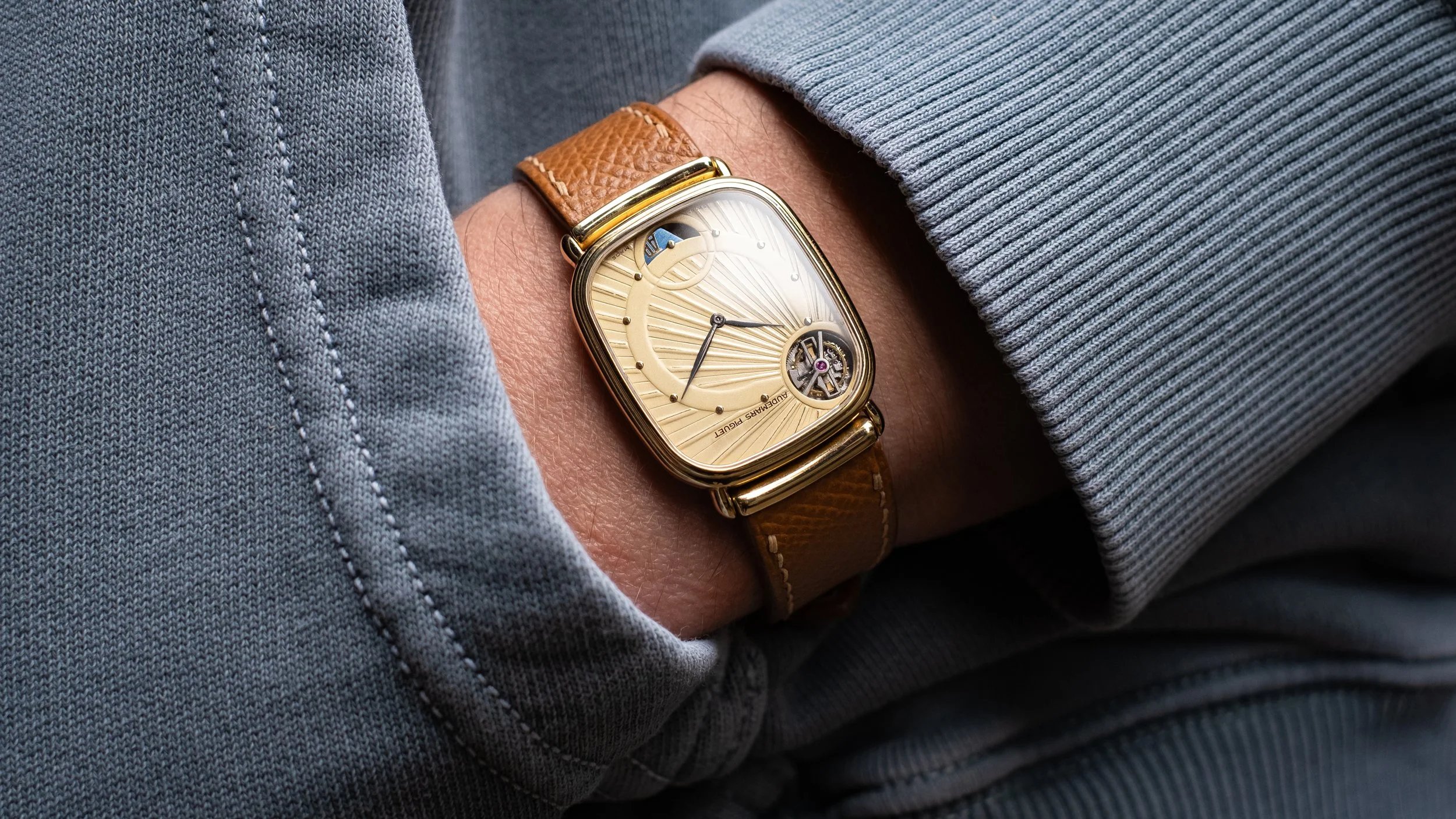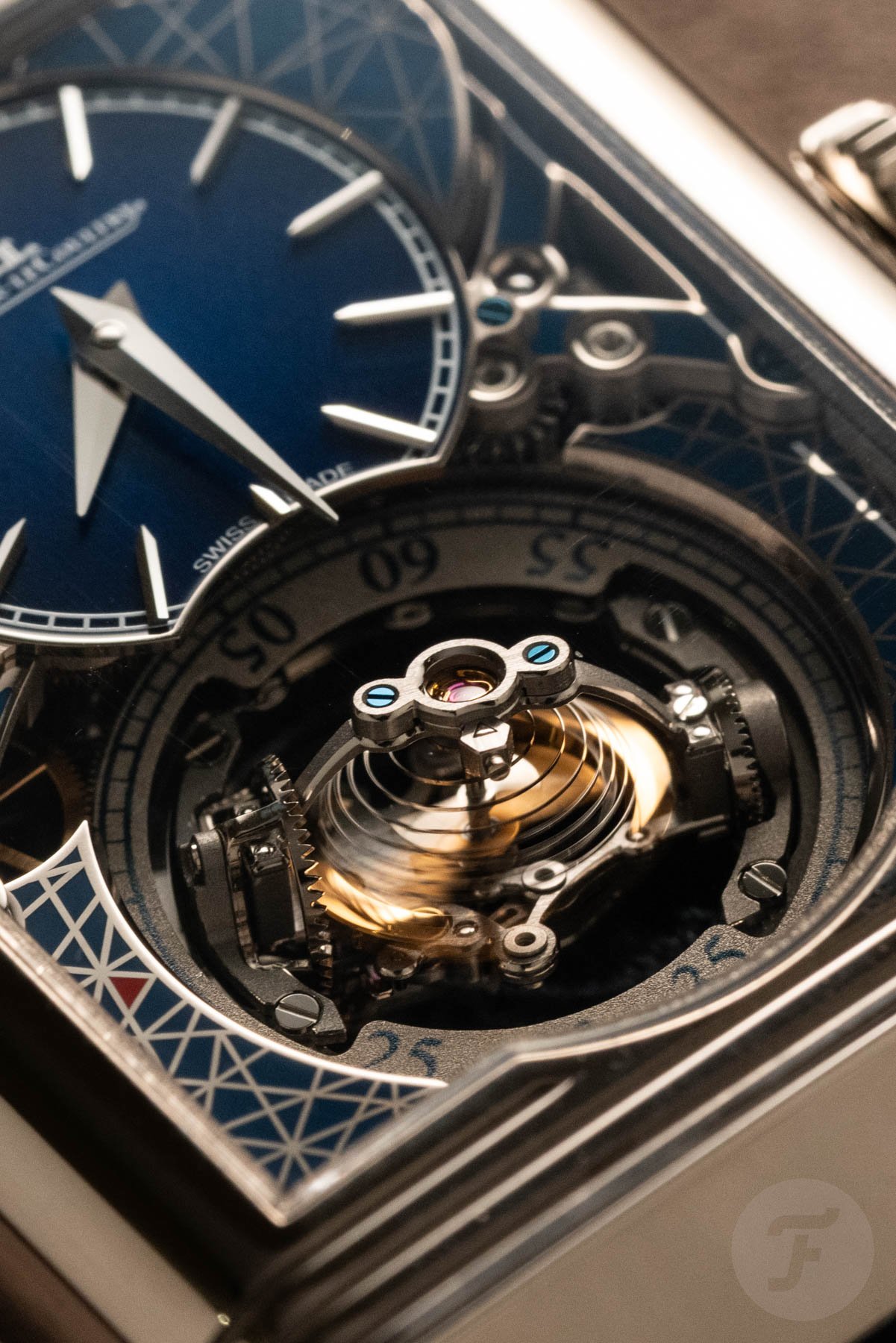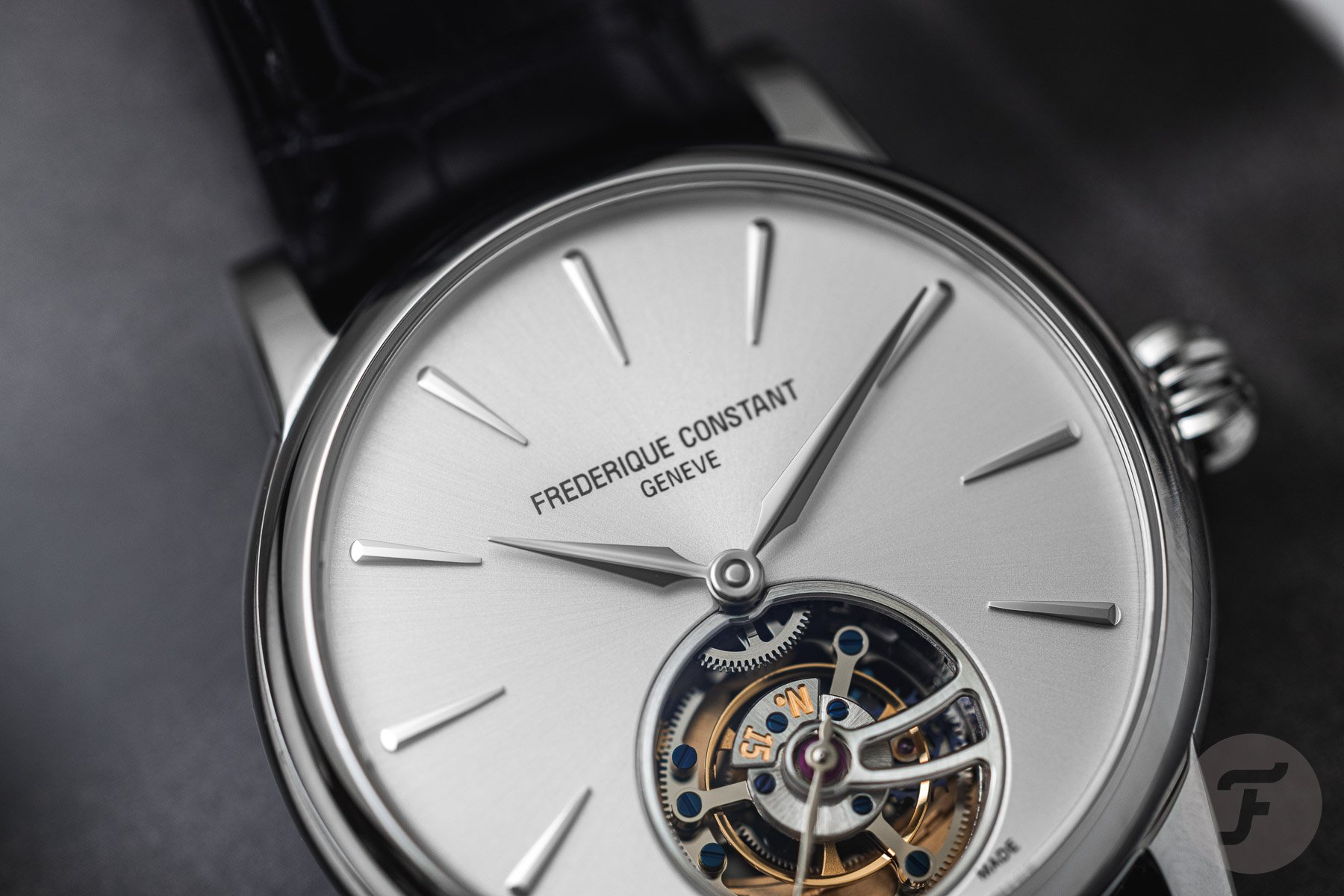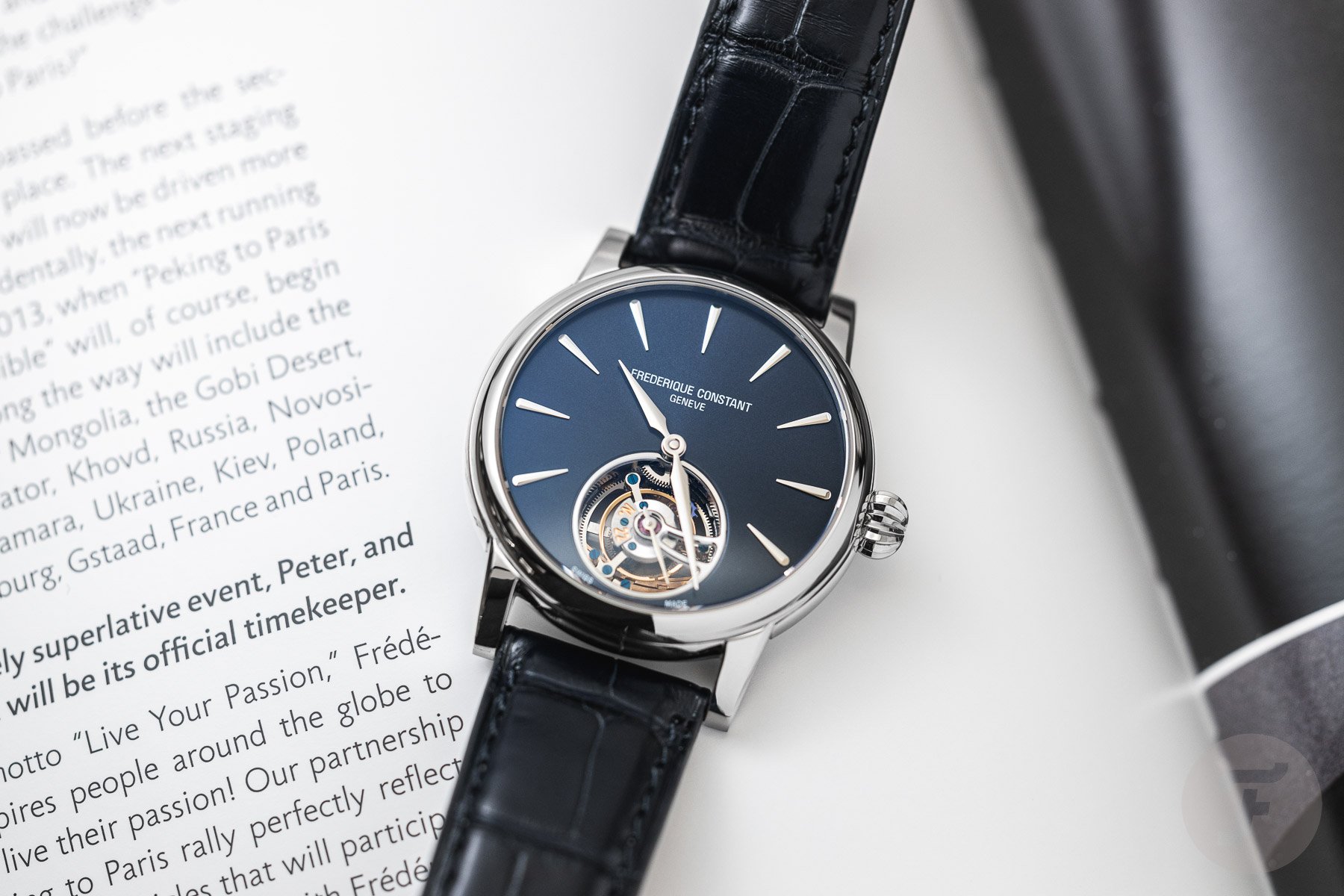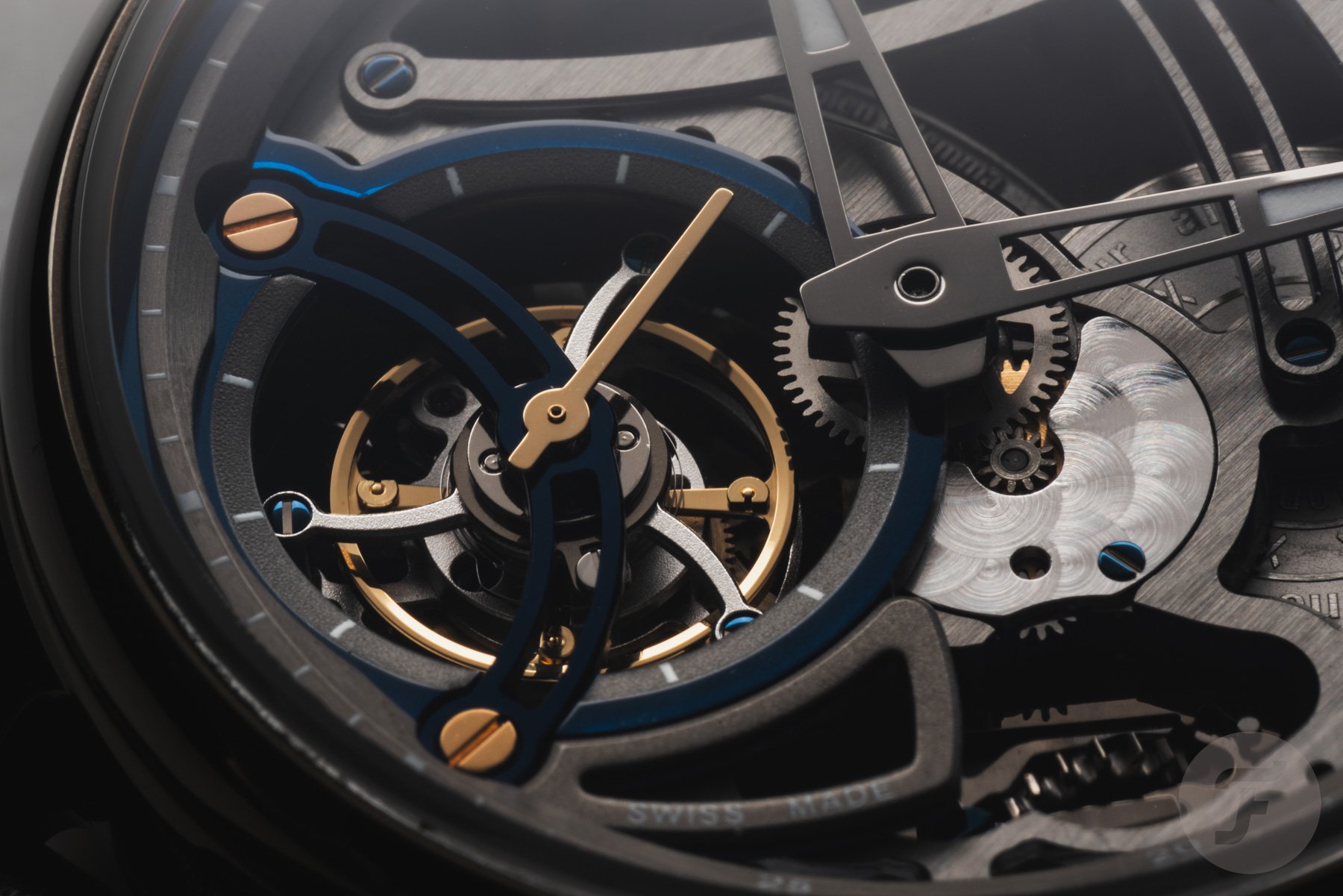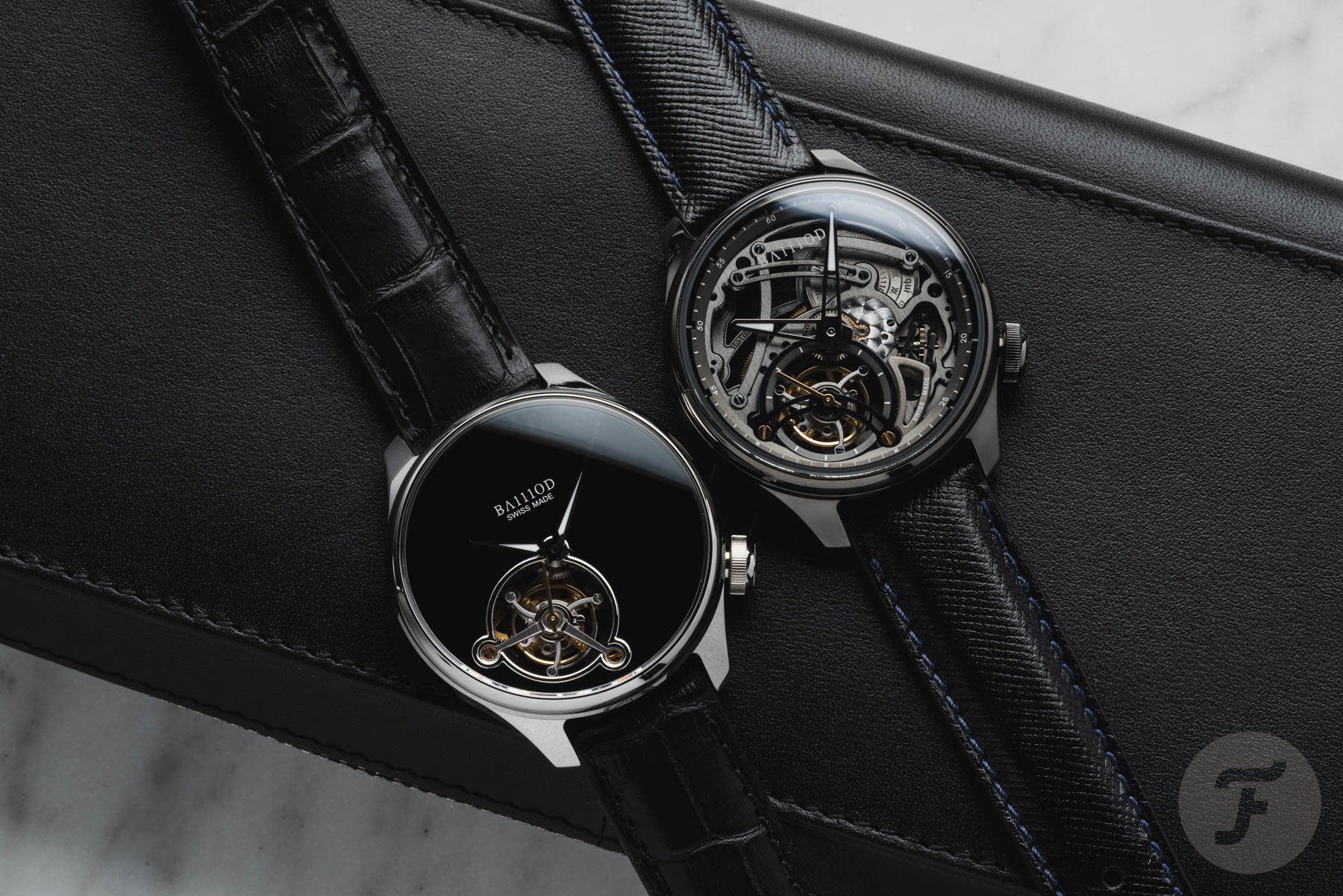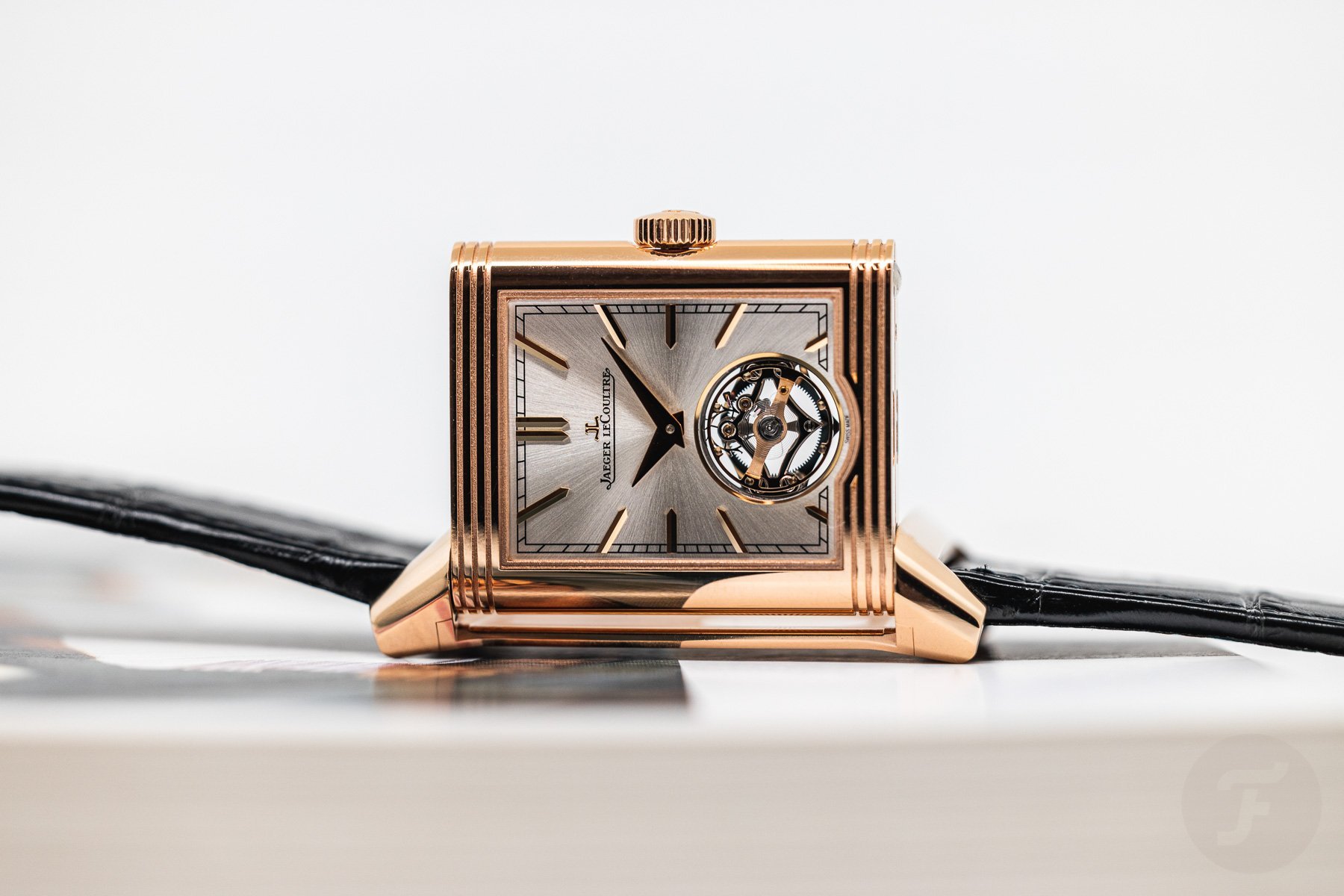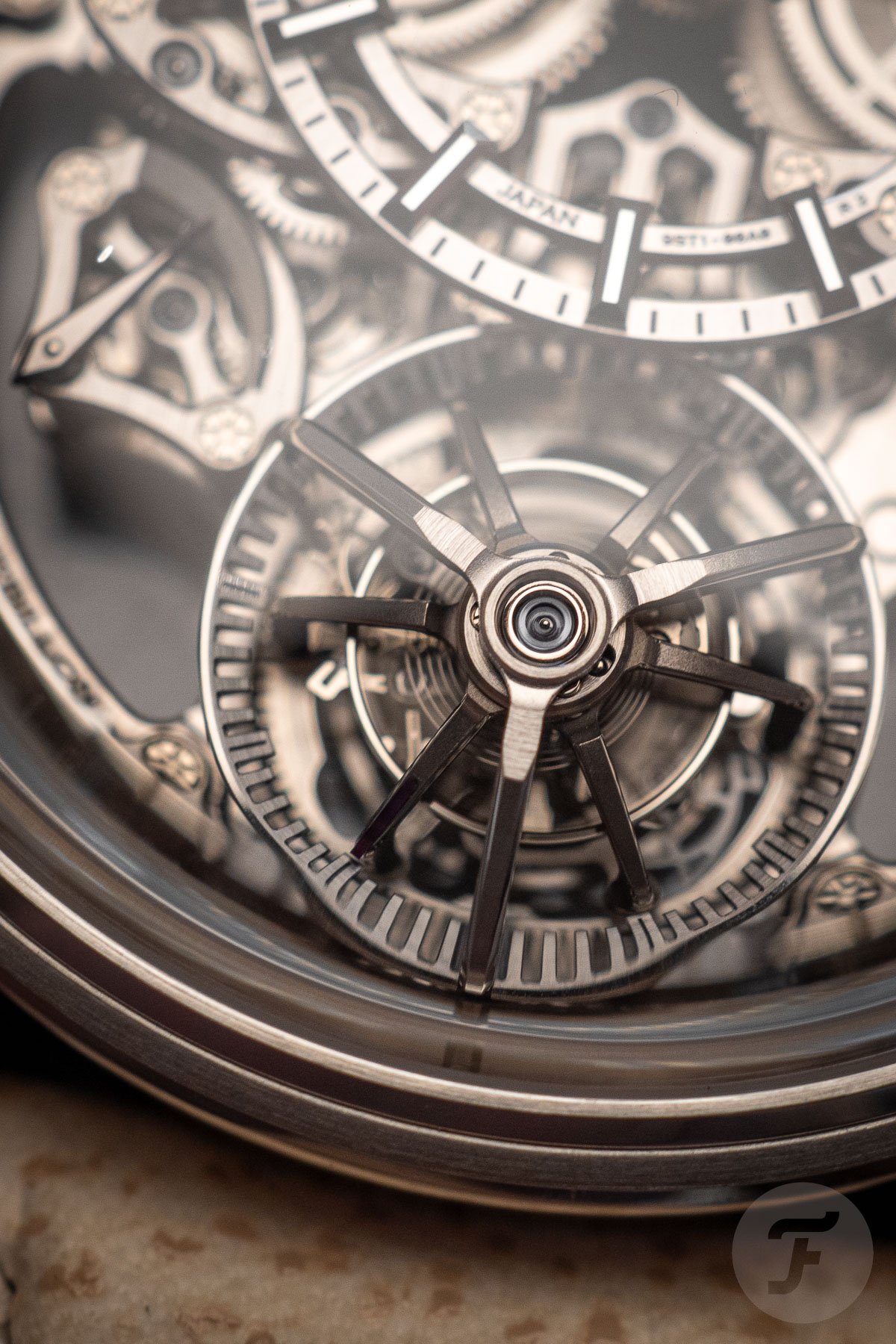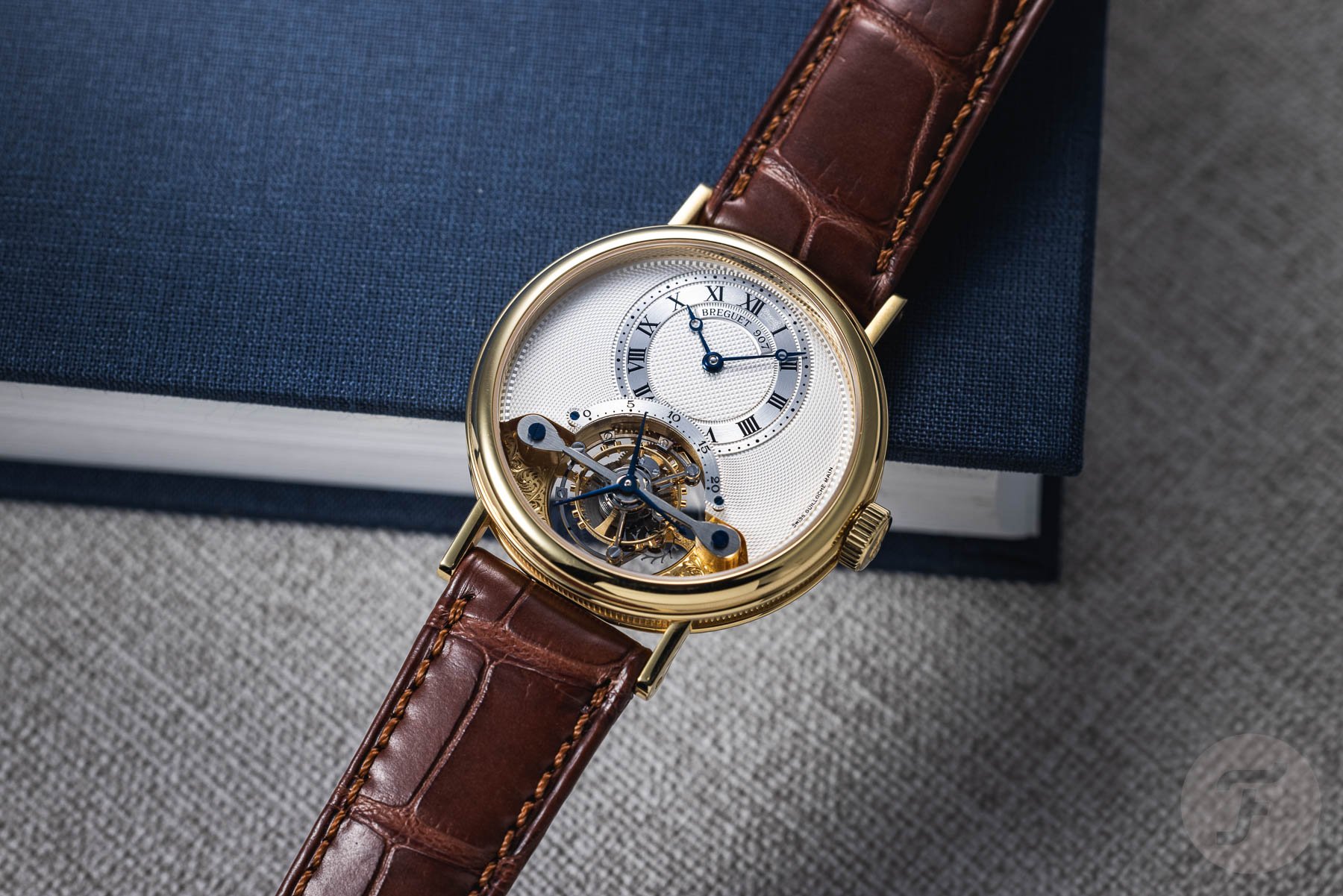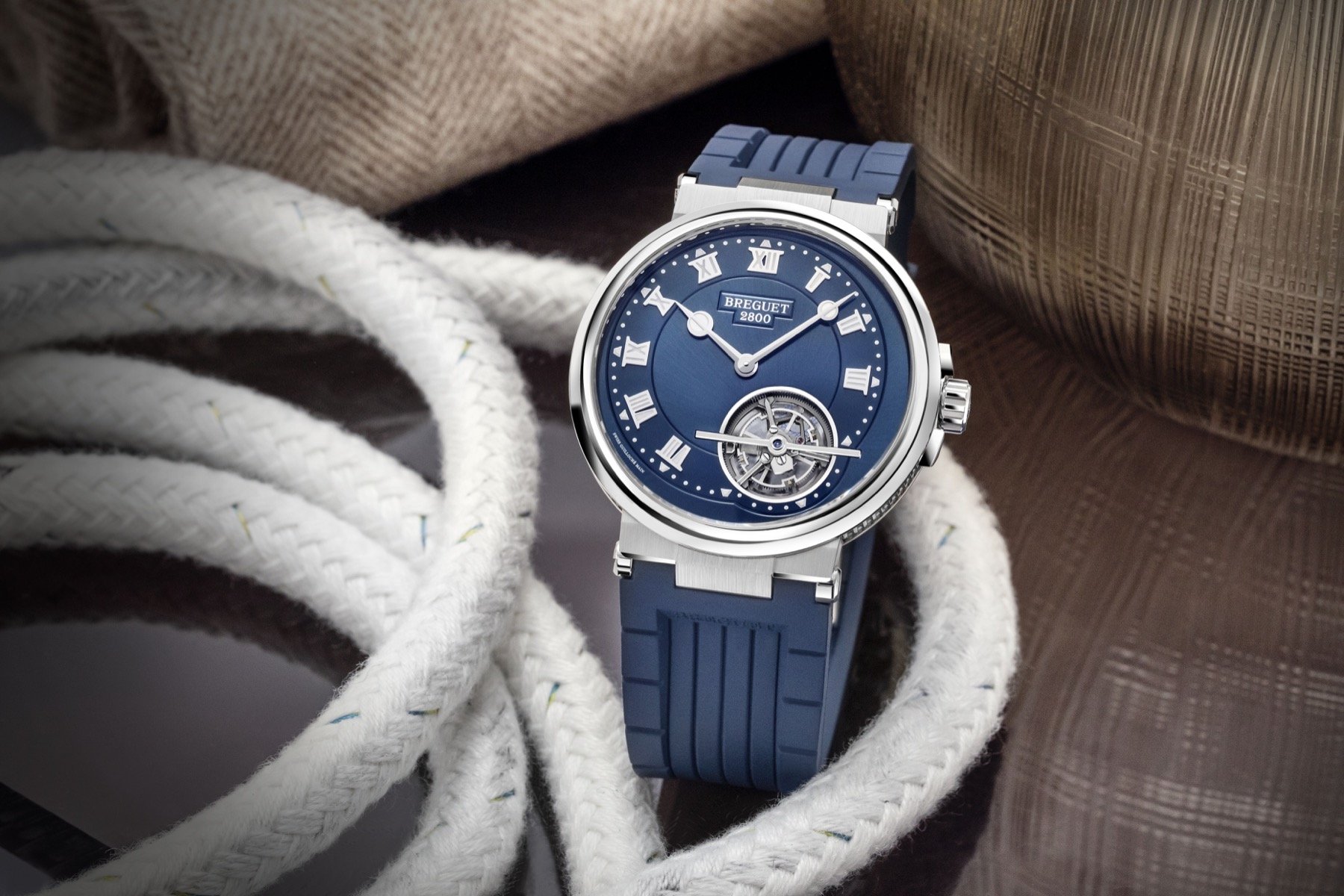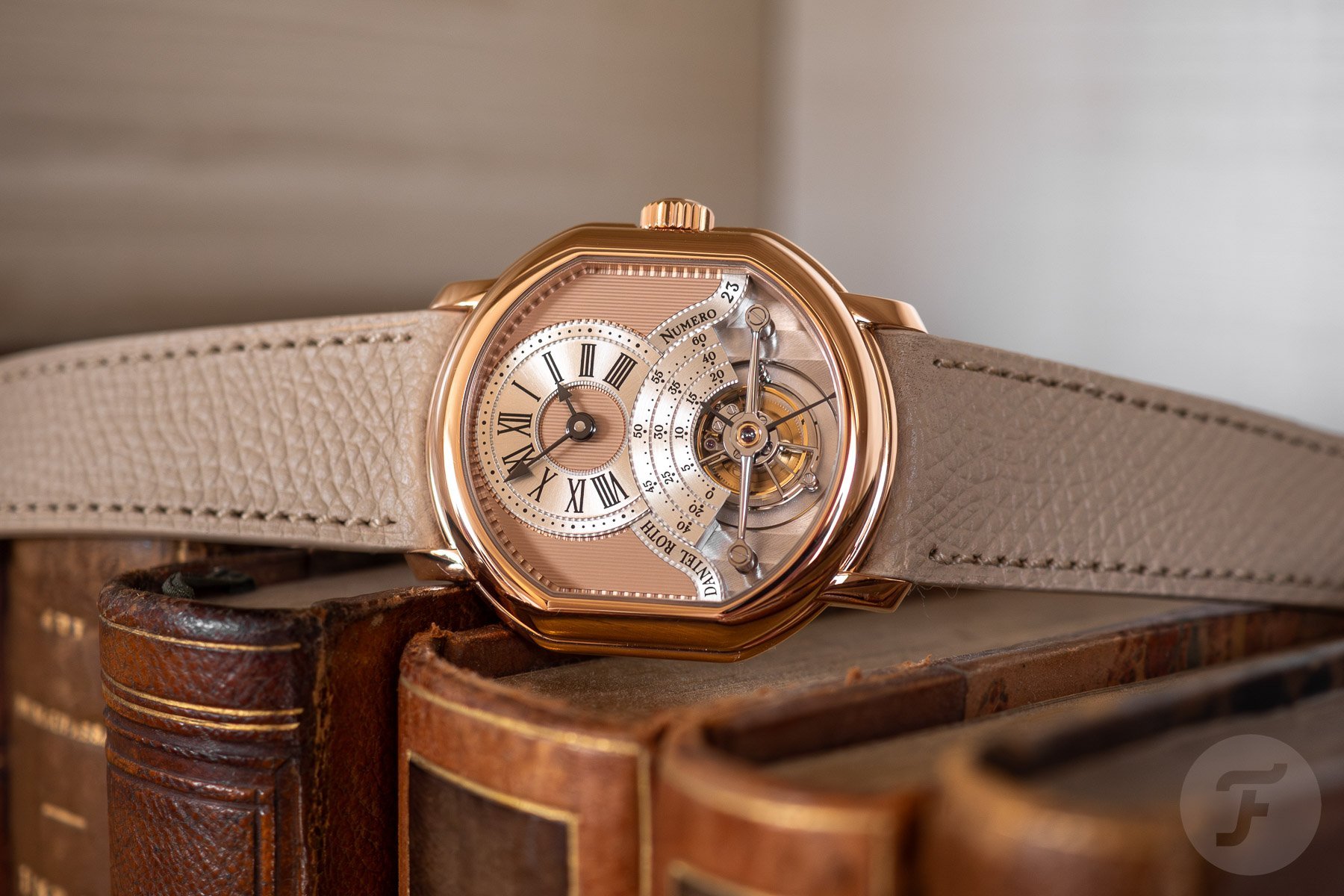Does Anyone Still Care Or Dream About A Tourbillon Watch?
A little research reveals that over 80 watch brands at different technical levels and price segments build timepieces outfitted with a tourbillon. Considering the mechanism’s significant cost and complexity, that’s a surprisingly large number. Likewise, mechanical chronographs, for instance, come in all shapes and sizes and prices, for that matter. Now, no disrespect, my dear chronograph, but the tourbillon is a revered symbol of complicated Haute Horlogerie. Well, it was… Does anyone still care or dream about a tourbillon watch? The amount of tourbillons on the market might suggest the correct answer is “yes,” but I’m unsure.
Before pondering whether tourbillons are still relevant and what stuff watch dreams are made of, let’s define the tourbillon technically. A tourbillon functions by mounting the escapement, balance wheel, and hairspring — the key elements that regulate a watch’s timekeeping — inside a rotating cage. This cage, which usually completes one full rotation every minute, is designed to minimize the impact of gravity on the movement. As it turns, the tourbillon constantly shifts the orientation of the escapement, exposing it to gravity from different angles. As you can imagine, it’s a delicate and complex piece of micromechanics that requires an expert’s touch to come to life. The ingenious mechanism stems from the genius mind of master watchmaker Abraham-Louis Breguet (1747–1823), who put the tourbillon inside vertically worn pocket watches. Because the mechanism averages out positional variations, the tourbillon — French for “whirlwind” — helps improve the overall accuracy of the timepiece.
Does anyone still care or dream about a tourbillon watch?
Following Breguet’s invention, tourbillons remained rare for many years until a revival of interest in mechanical watchmaking brought them back into the spotlight. The earliest example of a tourbillon movement in a wristwatch was likely a 13¼-ligne movement crafted by watchmaker André Bornand for Patek Philippe in 1945. A few years later, in 1948, the French manufacturer Lip produced a single tourbillon wristwatch. Around the same time, Omega released a limited series of tourbillon wristwatches. Also worth mentioning is the first automatic tourbillon ever made, the 1986 Audemars Piguet caliber 2870. But it wasn’t until long after the Quartz Crisis that tourbillons became a real “thing.” Starting in the early 2000s, the tourbillon was used by brands to show their muscles.
The 2000s saw a significant resurgence and hype around tourbillon watches, moving them from niche, high-complication pieces to more mainstream attention. Various factors drove this, including innovative designs, the rise of independent watchmakers, and a general fascination with mechanical watchmaking. This period saw the tourbillon evolve from a relatively obscure mechanism to a symbol of horological prowess and design innovation. The spinning complication, which, strictly speaking, isn’t one, hypnotized the watch world and drove significant interest and hype.
The tourbillon “arms race”— complexity vs. price
What followed was a two-part “arms race.” The first part saw prestigious brands and independent watchmakers trying to outgun each other by constructing increasingly complicated variations on the tourbillon. The result was a stream of flying tourbillons, double tourbillons, double-axis tourbillons, triple-axis tourbillons, ultra-thin tourbillons, spherical tourbillons, vertical tourbillons, central tourbillons, high-speed tourbillons, tourbillons with a very long power reserve, etc.
Then, in 2012, Jaeger-LeCoultre, the self-proclaimed watchmaker of watchmakers, launched a “sneak attack.” Instead of trumping the competition with complexity, it surprised everybody with an affordable tourbillon watch in the Master collection. For €30,000, one could be the proud owner of a steel-cased Swiss-made tourbillon from a prestigious manufacturer. TAG Heuer and Montblanc soon followed, and so did, for instance, Frederique Constant. It all happened under the banner of “democratizing luxury.” Was it commercial opportunism or a generous act? In any case, “cheap” tourbillons also took the magic away from their more expensive counterparts, and it seems that this still has an effect today.
Never about functionality
Tourbillons in wristwatches were never about functionality but always about prestige…until they weren’t prestigious anymore. It’s very understandable where the fascination for tourbillons comes from because, unlike the perpetual calendar, they’re very dynamic. Something is always moving and happening. A tourbillon is a microspectacle — Cirque du Soleil on the wrist, if you will. And now, with modern design and production methods, the “tourbillon trick” is no longer the exclusive terrain of a select group of master watchmakers. Apart from the high-end Swiss, German, and Japanese watch brands, several Swiss mid-range ones have tourbillons in their catalogs, and so do Chinese brands. They offer different levels of complexity, finishing, production numbers, and prices, but a tourbillon is a tourbillon.
You’re spoiled for choice if you have around US$10K to spend on a tourbillon. There’s the sporty and French Yema Yachtingraf Tourbillon Mareographe or the Swiss-made BA111OD Chapter 4. Another option is the Horage Lensman 1.2. The Frederique Constant Classic Tourbillon Manufacture in steel is a bit more expensive, but it’s still within reach of a relatively large target audience. If you want to pay less, not more, there are options too — Chinese options, for instance. Behrens, Seagull, and Beijing Watch Factory make all kinds of tourbillon watches.
Shifted interest and focus
The hole in the dial at 6 o’clock once made people crazy. The hole in the dial is the ultimate indication of the presence of a spinning tourbillon. These holes are everywhere now, and nobody wants to look inside. Why? Because everybody knows what’s inside. And even without knowing what that turning mechanism exactly is, they know it’s not an “it” watch. US$150K buys you an as-new, iconic Patek Philippe Grand Complications Tourbillon 5101R-001 with a 10-day power reserve, and no hole in the dial, that’s true. But that money won’t buy you a Nautilus 5711/1R-001, and that’s weird and absurd from a horological viewpoint.
Luxury watches have become part of everyday life through social media. And in a world of instant recognition, the tourbillon, although highly recognizable, couldn’t compete with the easy-to-recognize looks of the watches that dominate the scene — you know the ones I’m talking about. A complicated watch with a delicate antigravity device inside is less impressive than having a steel sports watch from a specific brand just after its release. Status is about being first in line, not being on a wait list. It’s not about the watch anymore. You want to impress your followers on Insta? Having a steel “OP” in the right color will, but that Reverso Tribute Duoface Tourbillon won’t.
Tourbillons that make me dream again
I suffered from tourbillon fatigue after the avalanche of mechanical whirlwinds swept over me a decade ago. Only recently have I become interested in them again. Luckily, although this type of complicated watch has taken a step back from the limelight, brands keep producing fascinating tourbillons. The rhythmic pulse of the Grand Seiko Kodo Constant-Force Tourbillon “Daybreak” got me my “tourbillon groove” back.
Seeing a tourbillon from Breguet, like the Classique Tourbillon 3357 or the more contemporary-looking Marine Tourbillon 5577, became special again because, after taking a little time to reflect and use my imagination, it felt like looking directly to the past, to the source of the invention.
The reimagined Daniel Roth Tourbillon also grabbed my attention, and so did a variety of creations from independent watchmakers that do more than put a tourbillon at 6 o’clock, open the dial, and be done with it.
The tourbillon might have lost some uniqueness since it became scarcely available in pre-CAD-CAM times, but its dynamic presence is still captivating and charismatic. We should also not be too harsh on tourbillons because they have gone through a lot. They started as revered unicorns only to be exploited like show ponies for a time. Now they can be viewed as the horological thoroughbreds they are — dream-worthy thoroughbreds.

